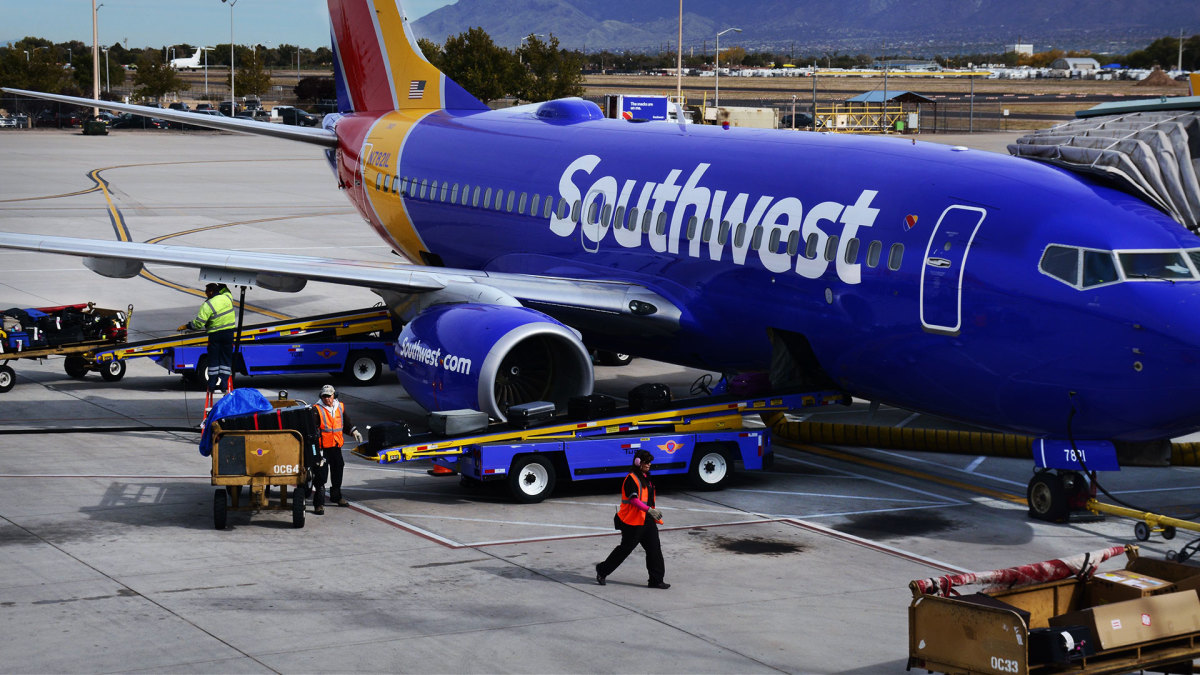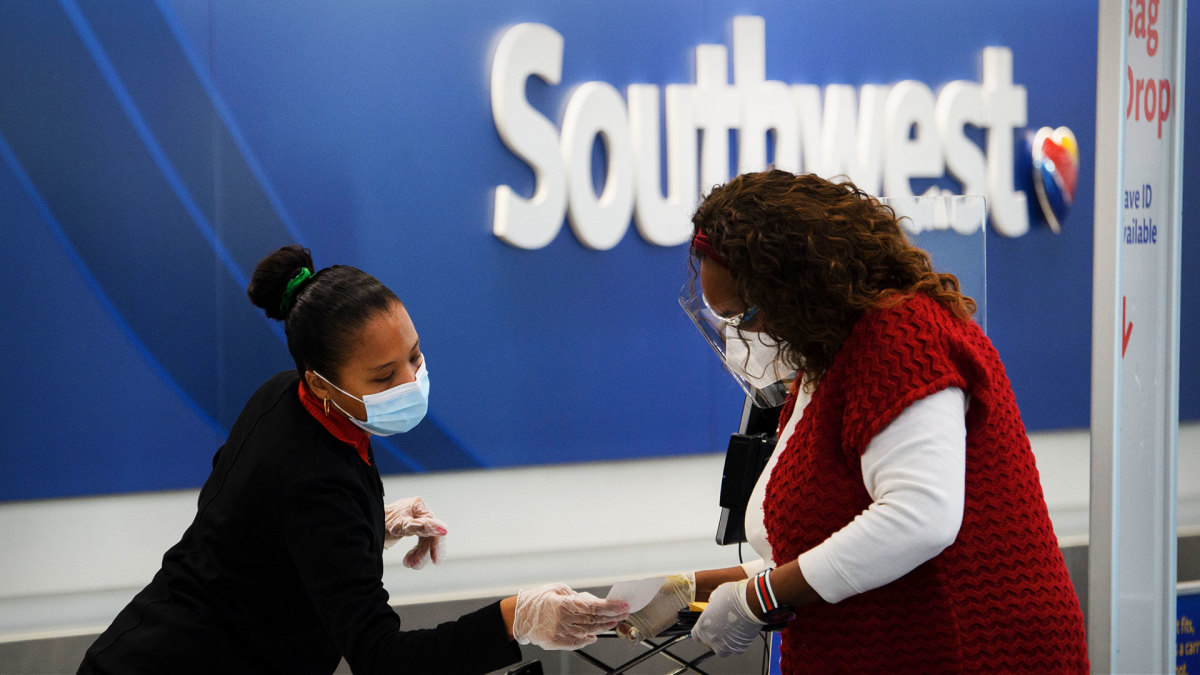
Air travel has always meant balancing comfort, price and reliability, and if you opt for the lowest-cost option, you almost certainly sacrifice comfort.
Spirit Airlines (SAVE) -) and fellow no-frills carrier Frontier Airlines have uncomfortable seats because extra padding means heavier planes that burn more fuel.
Lower-cost carriers also often sacrifice reliability because they operate fewer flights, so when something goes wrong, passengers have limited options when it comes to making changes.
DON'T MISS: Southwest Airlines admits it has a serious passenger problem
That's generally not true with Spirit or Frontier (ULCC) -), which are both high-volume carriers, but rivals like Allegiant, Avelo, and Breeze often have just a few flights each week per destination. Having limited flights means that a cancellation can force people to miss their trips or scramble to make alternative arrangements.
Southwest operates somewhere between an economy carrier and a full-fare operator. It traditionally offers attractive prices and doesn't nickel and dime when it comes to add-ons.
Your basic Southwest Airlines (LUV) -) ticket includes the right to a seat, a boarding position, and your checked bags. The airline, however, has a new way to make money that passengers aren't going to be happy about.
The Arena Media Brands, LLC and respective content providers to this website may receive compensation for some links to products and services on this website.
DON'T GET STUCK: A Good Travel Agent Can Get You Better Prices And Help When Something Goes Wrong

Patrick T. Fallon / AFP
Southwest Airlines has a new way to make money
Airlines use demand-based pricing, which has become common in every industry where purchases are not made off a shelf. It would be impractical to change the price of paper towels based on demand or time of day, but with travel, like concert tickets, prices go up when supply decreases relative to demand.
It's not an exact science, but Southwest Airlines has a new tool to help maximize its revenue.
"We've also put in a new revenue management system and are very, very pleased with the performance of the system," Chief Executive Bob Jordan said during the 11th annual Morgan Stanley Laguna Conference.
That, he said, has helped the company maximize revenue specifically on close-in bookings.
Basically, airlines have to guess exactly how much passengers are willing to pay. This new software helps Southwest manage that process, which means higher prices for passengers.
Southwest Air has multiple revenue tools
Jordan also talked about Southwest's new revenue management system, which does something passengers might find disturbing.
"The old system sort of worked to fill up a flight. It did not have an understanding of the itineraries. So people on that flight may be going — they're connecting, they're going on to the places. So the new system really works to manage across all itineraries and it works to manage and build to a maximum revenue number more than load," he said.
So, in essence the CEO admits that the airline's chief goal is revenue. But it's still a bit surprising to hear that the company's system helps it make more money while leaving empty seats rather than focusing on filling planes.
Jordan did say that the new system needs some time to learn.
"It's new, though. It works in a different way; the history sets are different. So I think we have, in '24, we have the opportunity to really continue to mature the revenue management system as well and continue to drive benefit from that initiative," he added.
The CEO made clear that higher pricing is the goal, at least partially because costs are up.
"There is work to do on the revenue side," he said. "How you think about pricing, it's not in a vacuum. So some of these things are industry questions, but there's no doubt that we have work to do on the revenue side in addition to cost to adapt to the new cost environment."
Get exclusive access to portfolio managers and their proven investing strategies with Real Money Pro. Get started now.







